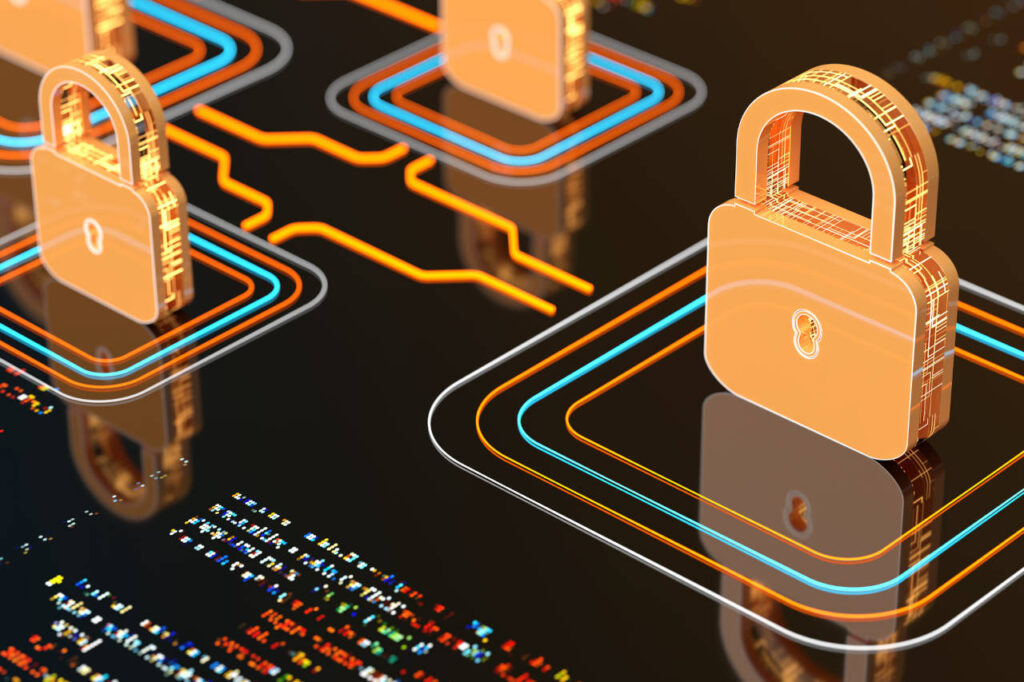Recent developments in cybersecurity highlight an urgent need for organizations to adapt to a rapidly evolving digital landscape. As cyber threats become more sophisticated, understanding current trends and implementing effective strategies is crucial for safeguarding sensitive data.
Key Challenges in Cybersecurity
- Increased Cybercrime: The global cost of cybercrime is projected to reach $15.63 trillion by 2029, emphasizing the financial impact on businesses and the economy at large3. Ransomware attacks, in particular, have surged, with a notable increase in incidents targeting critical sectors such as healthcare and government services.
- Remote Work Vulnerabilities: The rise of remote work has created new security challenges. Approximately 11.1% of companies now operate fully remotely, while 27.5% employ hybrid models. This shift has expanded the attack surface, making organizations more susceptible to phishing and other cyber threats.
- IoT Security Risks: The proliferation of Internet of Things (IoT) devices poses significant security concerns. These devices are often inadequately secured, creating vulnerabilities that cybercriminals can exploit. Enhanced security protocols and user education are essential to mitigate these risks.
- AI and Machine Learning Exploitation: While AI and machine learning enhance cybersecurity measures, they also empower cybercriminals to execute more sophisticated attacks. The dual-use nature of these technologies necessitates constant vigilance and adaptation from cybersecurity professionals.
Current Trends in Cybersecurity
- Adoption of AI and Machine Learning: Organizations are increasingly leveraging AI and ML for real-time threat detection and response. These technologies can analyze vast amounts of data to identify unusual patterns indicative of a breach, thereby improving defensive measures over time.
- Focus on IoT Security: As IoT devices become ubiquitous, there is a growing emphasis on developing standardized security protocols. This includes universal encryption standards and mandatory security certifications for new devices to enhance overall network security.
- Blockchain Technology: Recognized for its potential to improve cybersecurity, blockchain technology offers inherent security features such as immutability and transparency. Its application can help secure IoT networks and protect sensitive data from unauthorized access.
- Regulatory Compliance: With increasing scrutiny on data protection practices, organizations must navigate complex compliance landscapes, such as the General Data Protection Regulation (GDPR). In 2023 alone, European authorities issued GDPR fines exceeding €1.9 billion, underscoring the importance of adhering to data protection regulations.
Strategic Approaches to Combat Cyber Threats
- Enhancing Employee Training: Regular training sessions can equip employees with the knowledge to recognize phishing attempts and other cyber threats.
- Implementing Multi-Factor Authentication (MFA): MFA adds an extra layer of security by requiring multiple forms of verification before granting access to sensitive information.
- Conducting Regular Security Audits: Organizations should perform frequent audits to identify vulnerabilities within their systems and ensure compliance with industry standards.
- Collaborating with Cybersecurity Experts: Engaging with cybersecurity firms can provide valuable insights into emerging threats and effective countermeasures.
Conclusion
As we move into 2024, the importance of robust cybersecurity strategies cannot be overstated. Organizations must remain proactive in addressing the evolving landscape of cyber threats by adopting advanced technologies, enhancing employee awareness, and ensuring compliance with regulatory standards. With cybercrime on the rise, it is no longer a question of if an organization will be targeted but rather when it will occur. By staying informed about current trends and challenges, businesses can better protect their data in an increasingly digital world.

